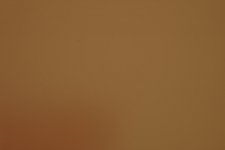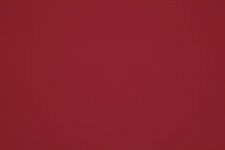Michael I.
Well-known
After a year and a half of developing my own BW film and getting pretty decent at it I improvised a tiny darkroom and printed my first three pictures.
things I learnt:
-------------------
1)I have a condenser enlarger so dust is an issue - how the hell do I see it before printing?
2)I need to use multigrade paper(I got some leftovers of fixed contrast agfa rc paper and I need more contrast and getting paper is a 2 hour drive)
3)the Wetzlar 75/4.5 lens rules.a 50 is in the mail
4)I need a bigger then 5x7 easel
5) sloppy cardboard neg holders make neato edges but add dirt to the negs - does anyone have meopta opemus III neg carriers?they are impossible to fnd.
6)How the hell do you use the grain focuser?I cant see no grain - just a light(red or white)
7)I am never printing BW at a minilab again.the whites and blacks are amazing,its sharp and has great tone gradation.
things I learnt:
-------------------
1)I have a condenser enlarger so dust is an issue - how the hell do I see it before printing?
2)I need to use multigrade paper(I got some leftovers of fixed contrast agfa rc paper and I need more contrast and getting paper is a 2 hour drive)
3)the Wetzlar 75/4.5 lens rules.a 50 is in the mail
4)I need a bigger then 5x7 easel
5) sloppy cardboard neg holders make neato edges but add dirt to the negs - does anyone have meopta opemus III neg carriers?they are impossible to fnd.
6)How the hell do you use the grain focuser?I cant see no grain - just a light(red or white)
7)I am never printing BW at a minilab again.the whites and blacks are amazing,its sharp and has great tone gradation.



